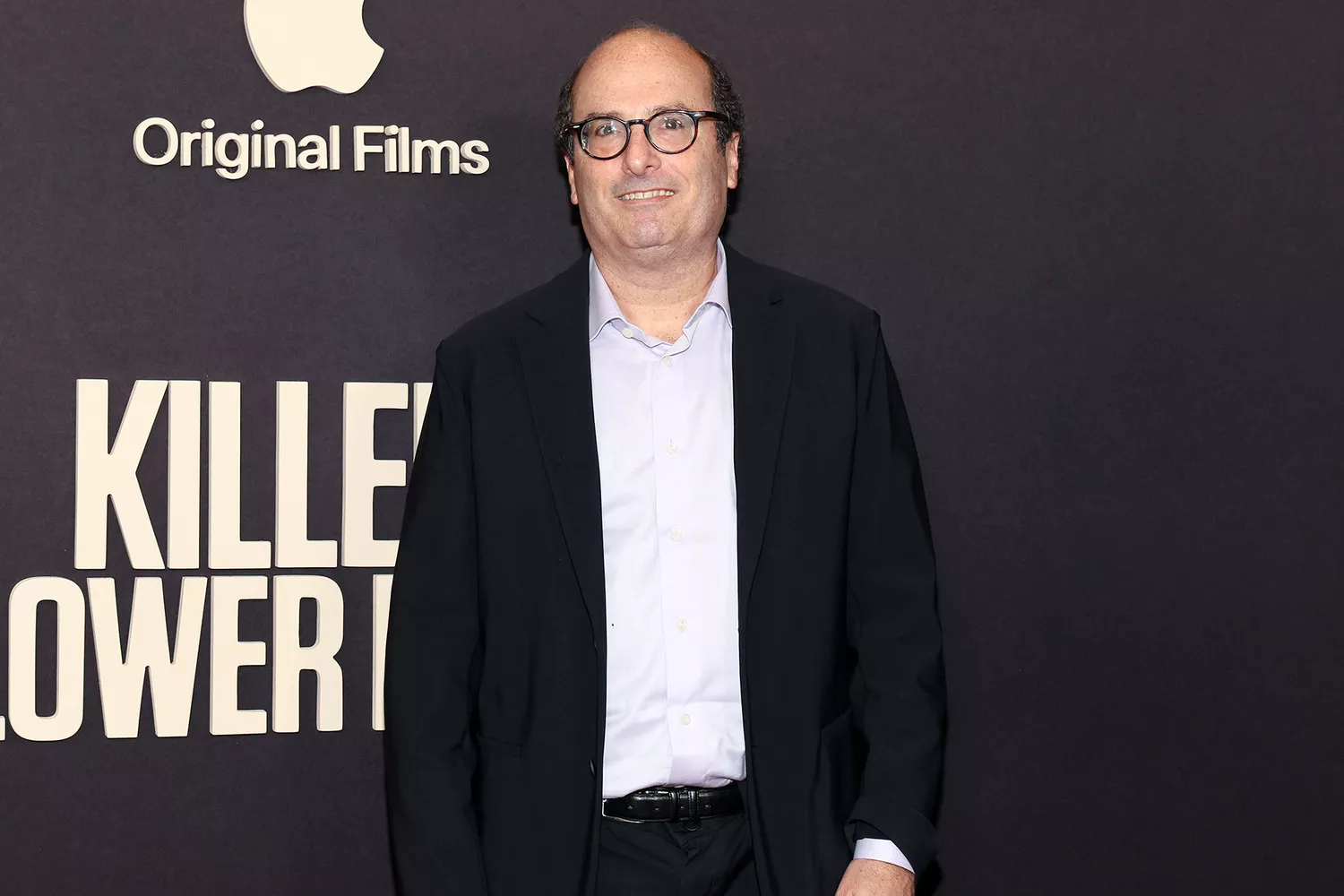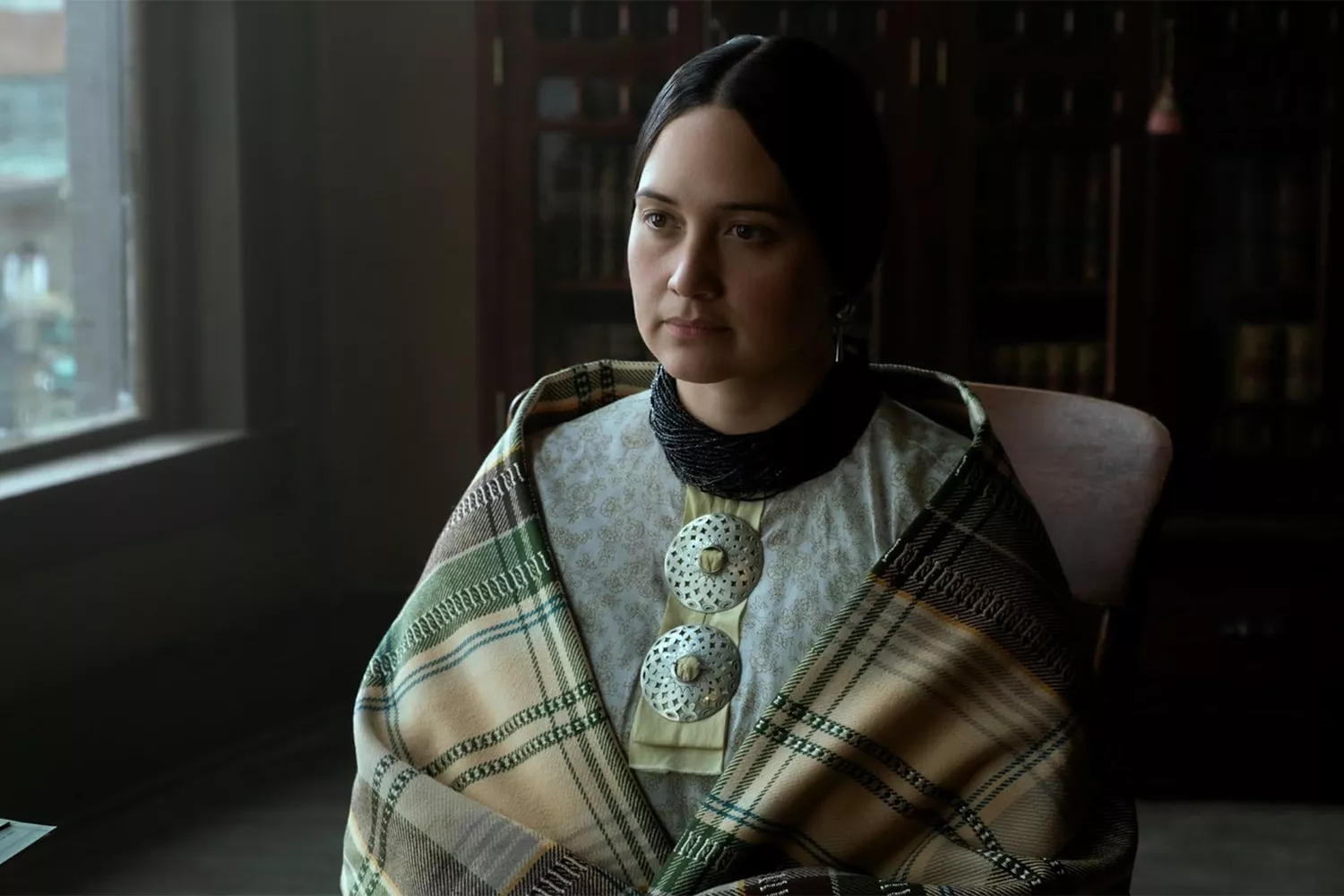In the realm of cinematic adaptations, few authors have seen their work translated to the screen with as much depth and resonance as David Grann. As a prolific writer and staff writer for The New Yorker, Grann’s investigative prowess and narrative finesse have earned him a place among the literary elite. His books, often grounded in historical events and true crime, possess a gripping quality that captivates readers and filmmakers alike. Let’s explore with us!

One of Grann’s most notable works is “Killers of the Flower Moon,” a meticulously researched account of the Osage murders in 1920s Oklahoma. When Martin Scorsese took on the task of adapting Grann’s book into a feature film, the project gained considerable attention and anticipation. After all, Scorsese’s reputation as a master storyteller precedes him, and his collaboration with Leonardo DiCaprio promised a cinematic experience of unparalleled depth and complexity.
The journey from page to screen was not without its challenges. Grann’s meticulous research, which involved years of interviews and archival digging, provided a rich tapestry of historical detail. However, condensing this wealth of information into a cohesive and compelling narrative presented a daunting task for the filmmakers. Moreover, the sensitive nature of the subject matter – the systematic murder of Osage people for their oil wealth – demanded a nuanced approach that respected the victims’ stories and honored their legacy.

Central to the adaptation process was the decision to shift the focus of the story. While Grann’s book explored the Osage murders through multiple perspectives, including that of the FBI agents investigating the crimes, Scorsese chose to center the narrative on the relationship between Mollie and Ernest Burkhart. Played by Lily Gladstone and Leonardo DiCaprio, respectively, the Burkharts’ complex dynamic serves as a lens through which to examine the broader themes of greed, betrayal, and resilience.
For Grann, seeing his characters come to life on screen was a surreal experience. Mollie Burkhart, in particular, emerged as a symbol of strength and perseverance in the face of unimaginable adversity. Gladstone’s portrayal captured the quiet dignity and unwavering resolve that defined Mollie’s character, earning praise from audiences and critics alike. Likewise, DiCaprio’s portrayal of Ernest Burkhart revealed the inner turmoil and moral ambiguity of a man torn between loyalty and self-preservation.
Beyond the performances, the film’s success owes much to its collaboration with the Osage Nation. From consulting on cultural authenticity to providing input on script revisions, the Osage community played an integral role in ensuring that their history was portrayed with accuracy and respect. This partnership not only enriched the film’s storytelling but also fostered a sense of shared ownership and pride among the Osage people.

As “Killers of the Flower Moon” continues to garner accolades and spark conversations, Grann remains committed to amplifying the voices of those whose stories have been overlooked or marginalized. His dedication to uncovering hidden histories and confronting uncomfortable truths underscores the transformative power of storytelling. In a world where the echoes of the past still reverberate in the present, Grann’s work serves as a poignant reminder of the importance of bearing witness to history and striving for justice.
Looking ahead, Grann’s collaboration with Scorsese and DiCaprio on “The Wager” promises to delve into yet another compelling story, further cementing his legacy as a master storyteller. With each adaptation, Grann continues to push the boundaries of cinematic storytelling, inviting audiences to confront the complexities of the human experience and the enduring legacy of the past.
See more: The Voice Season 25: A Comprehensive Analysis of Contestants and Celeb Coach Alliances
